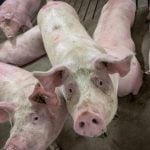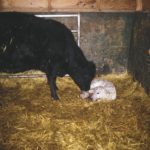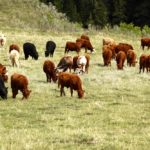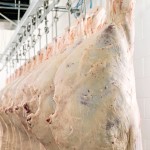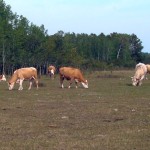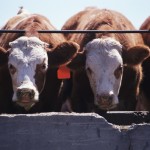Q fever is a potential zoonosis every stock person should keep in mind through calving, lambing and kidding season. The disease, Q fever, and the organism, Coxiella burnetii, when present represent a serious threat to human health. Every gram of afterbirth or fluid from an infected animal contains millions of infectious particles and only a […] Read more
